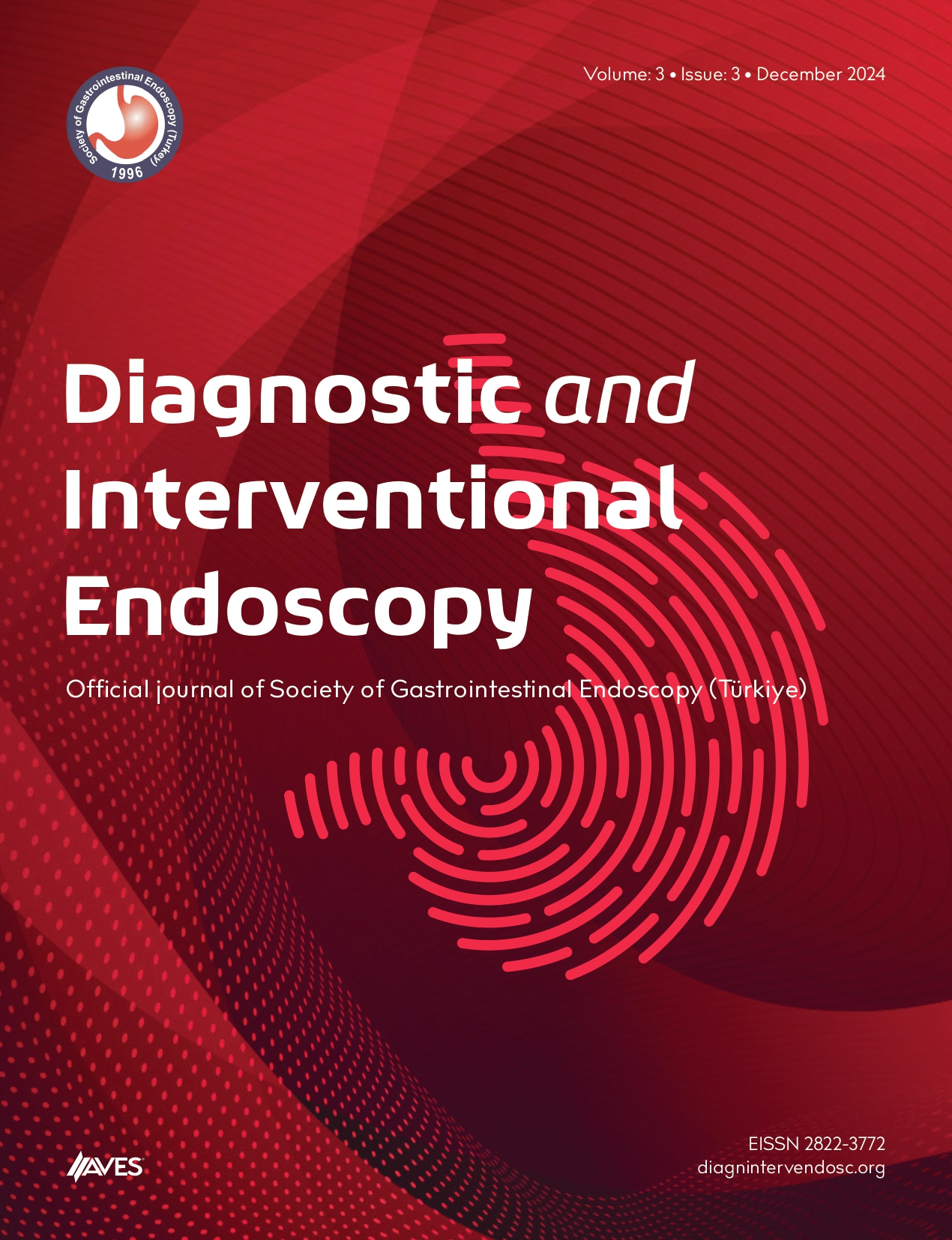Objective: Diagnosing and managing the treatment of gastrointestinal subepithelial lesions are often difficult for the clinician. The study aimed to investigate the contribution of endoscopic ultrasonography to the diagnosis of gastrointestinal subepithelial lesions and determine their potential for malignancy.
Methods: A total of 170 patients who underwent endoscopic ultrasonography with the suspicion of subepithelial lesions after upper gastrointestinal endoscopy or abdominal imaging between March 2009 and December 2019 were included in the study.
Results: In 170 patients who underwent endoscopic ultrasonography for gastrointestinal subepithelial lesions, the preliminary diagnosis was leiomyoma in 87 (51.2%) patients, gastrointestinal stromal tumor in 32 (18.8%), lipoma in 27 (15.9%), ectopic pancreas in 13 (7.6%), neuroendocrine tumor in 10 (5.8%), and cyst in 1 (0.6%) patient. The most common location of subepithelial lesions was the stomach (67.1%), and the most common origin of these lesions was the muscularis propria (47.1%). Among patients with pathological biopsy samples, 71.1% were accurately diagnosed using endoscopic ultrasonography. The percentages of an accurate diagnosis for different diseases were 94.4% for gastrointestinal stromal tumors, 81.8% for leiomyoma, and 75% for neuroendocrine tumors. Among the criteria used for establishing the preliminary diagnosis of gastrointestinal stromal tumor using endoscopic ultrasonography and determining the possibility of lesion malignancy, the most frequently used criteria with the highest sensitivity were lesion size >3 cm and the presence of cystic space. However, the specificity of the combination of the criteria that were less frequently used, such as irregular borders, ulceration, and the presence of necrotic focus, was 100%.
Conclusion: Endoscopic ultrasonography and endoscopic ultra sonog raphy -fine -need le aspiration biopsy are the still most sensitive methods for the diagnosis of subepithelial lesions.
Cite this article as: Korkut G, Bengi G, Köksal Yasin Y, et al. Evaluation of gastrointestinal subepithelial lesions examined using endoscopic ultrasonography: A single-center experience. Diagn Interv Endosc. 2022;1(2):34-39.

.png)


.png)